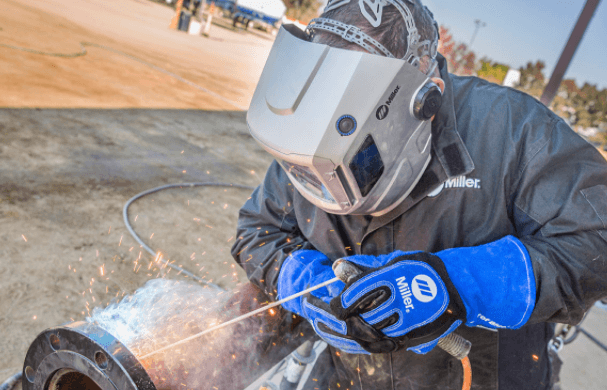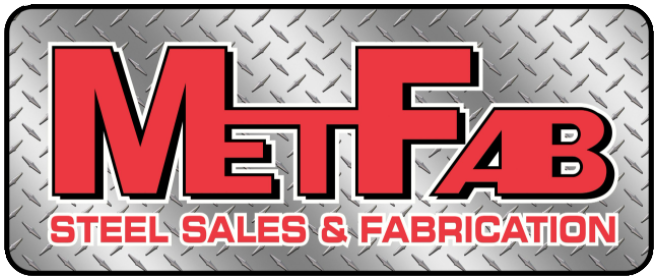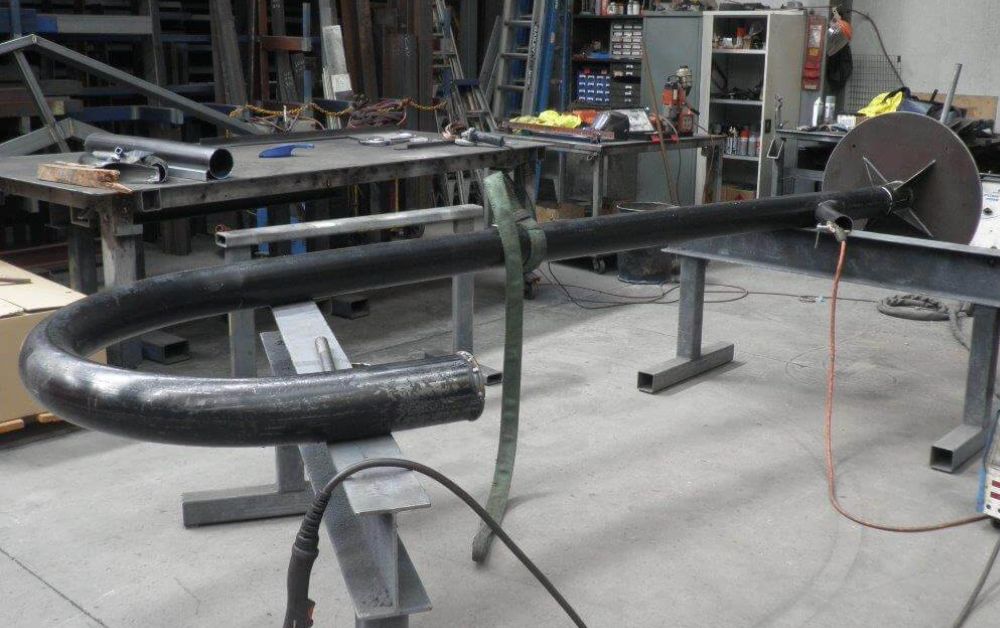Exploring the Relationship Between Soldering and Fabrication: Is Soldering Considered Fabrication?
If you're anything like me, you've probably pondered the intricate world of metalworking, asking questions like, "Is soldering considered fabrication?"
I have been working as a metal fabricator in Melbourne for almost 20 years, and whether soldering falls under the umbrella of fabrication often comes up in my line of work.
Over the years, I've understood the nuances of soldering and fabrication, and I'm here to share my insights with you.
Metal Forming Comparison
| Aspect | Hot Metal Forming | Cold Metal Forming |
|---|---|---|
| Definition | Metal is heated to high temperatures for shaping. | Metal is formed at room temperature or slightly below. |
| Types of Metal Used | Steel, Aluminium, Steel Alloys | Stainless Steel, Copper, Brass |
| Advantages | Better formability, decreased hardening, higher production rates, enhanced texture finish | Lower energy consumption, improved dimensional accuracy, enhanced material properties |
| Disadvantages | Increased energy use, material distortion, limited precision | Reduced formability, increased work hardening, surface imperfections |
| Applications/Industries | Automotive, Aerospace, Oil & Gas, Heavy Machinery | Sheet Metal Fabrication, Electronics, Construction, Medical |
How Soldering Works?
Okay, let's begin with the fundamentals. Soldering is the process of joining two or more metal components together with the use of solder, a filler metal. To create a strong bond, the solder must first be heated to its melting point and then applied to the junction, where it cools. In this case, the solder functions as a glue, joining the base metals rather than melting them.
Now, soldering isn't just a one-size-fits-all technique. There are several different methods, including:
- Torch Soldering: Here, we use a torch to heat the solder and the metal components.
- Iron Soldering: A soldering iron is used to heat the solder and apply it to the joint.
- Reflow Soldering: This involves heating the entire assembly to melt the solder, commonly used in electronics manufacturing.
Each method has advantages and is suited to different applications, but we follow the same basic principle of melting solder to create a bond between metal components.
Common Applications of Soldering
Now that we know how soldering works, let's look at common applications. Soldering is used in a wide range of industries and for various purposes, including:
Technology:
Electronics manufacturing is the industry that uses soldering the most, which assembles circuit boards and other electronic components. Soldering is a major component in constructing any device, whether a computer or a smartphone.
Plumbing:
Plumbing is another area where soldering is frequently used to connect copper pipes. This is crucial for keeping a dependable plumbing system since it guarantees a tight seal and stops leaks.
Making Jewellery:
Soldering is a technique used in jewellery-making to combine precious metals, such as silver and gold, to form complex designs. Soldering enables accurate and long-lasting connections between metal components, whether you're making a delicate necklace or an exquisite ring.
These are just a few examples, but the truth is that soldering is everywhere! From aerospace engineering to automotive manufacturing, virtually no industry doesn't rely on soldering in some form or another.
Soldering vs Fabrication: How Do They Differ?
Alright, let's delve into the nitty-gritty of soldering versus fabrication. As a seasoned metal fabricator in Melbourne, I've spent years honing my craft and understanding the distinctions between these fundamental processes.
Soldering: Precisely Joining
Soldering is the process metal fabricators use on our projects that require joining two or more metal components together with using a solder, a filler metal. The solder must first be heated to its melting point and then applied to the joint to form a strong bond. Applications where delicacy and precision are crucial, including the production of electronics and jewellery, frequently utilise soldering.
Fabrication: Forming and Constructing
On the other hand, fabrication is a more comprehensive process that includes bending, cutting, shaping, and assembling metal parts to produce a final product. This can involve soldering, casting, machining, and welding. Fabrication turns raw materials into a new and useful product, such as a machine, furniture, or a structural beam.
The Key Differences
Nature of the Process:
The main purpose of soldering is to join pre-existing metal components together by forging strong bonds. Contrarily, fabrication involves shaping and construction, using various methods to turn raw materials into completed goods.
Precision vs. Scale
Applications requiring accuracy and fine detail, like jewellery and electronics, frequently use soldering. In contrast, fabrication encompasses various undertakings, from large-scale structures to tiny, delicate parts.
Toolkit and Techniques
While soldering is a key tool in the fabricator's toolkit, it's just one of many techniques used in the fabrication process. Depending on the project's specific requirements, fabricators may also employ welding, machining, bending, and casting.
End Result
Ultimately, soldering results in a strong, reliable bond between metal components. The result can vary widely in fabrication depending on the project, but it often involves creating functional, aesthetically pleasing objects or structures.

FREQUENTLY ASKED QUESTIONS
Conclusion
Soldering and fabrication are two distinct processes in metalworking, each with its techniques, applications, and characteristics. While soldering is focused on joining metal components with precision and delicacy, fabrication is about shaping and building, transforming raw materials into finished products through various techniques.
Understanding the differences between these processes is crucial for anyone working in metal fabrication, allowing you to choose the right tools and techniques for each project's unique requirements.


